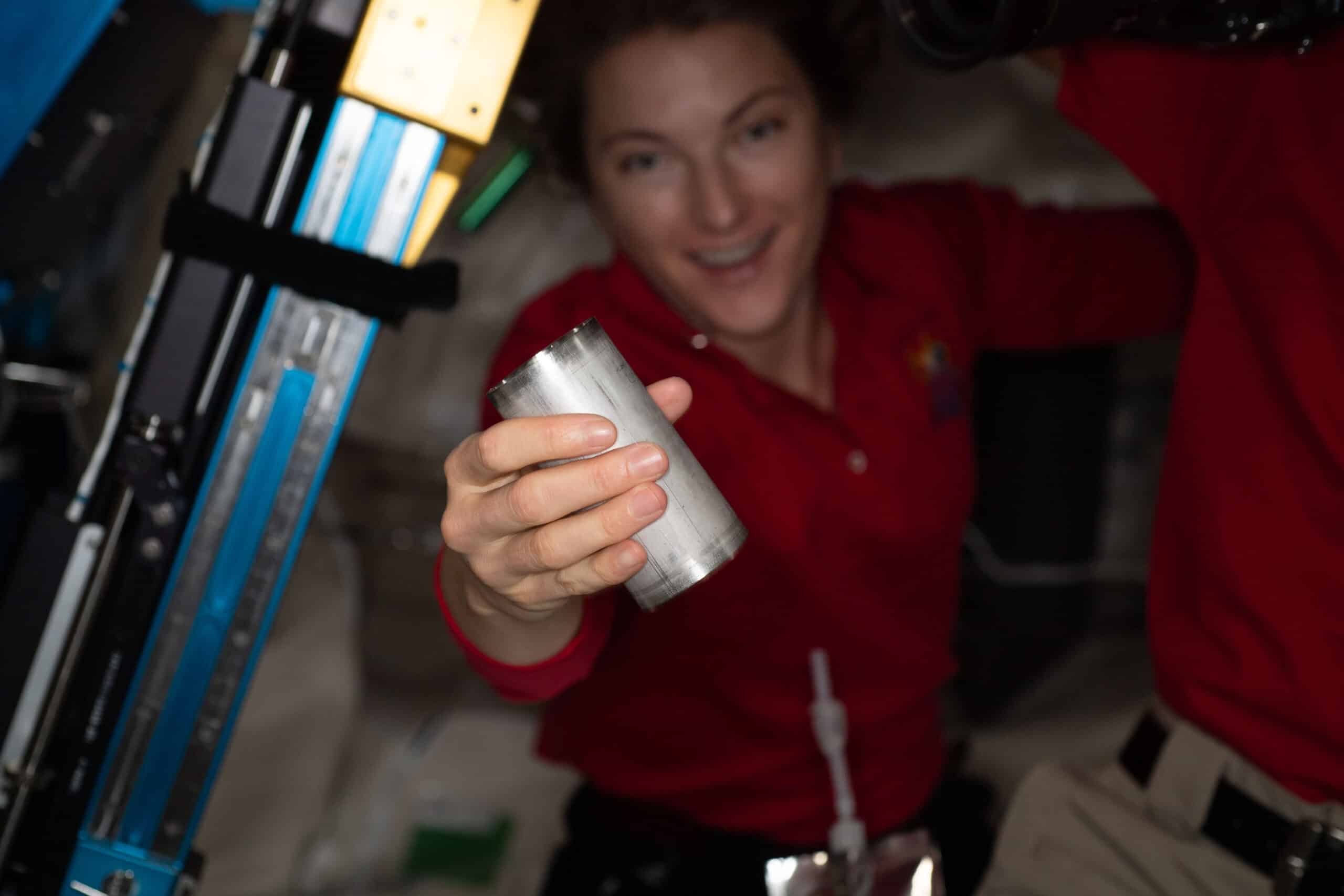
As space missions venture beyond low Earth orbit, many obstacles arise. Perhaps the most pressing one is meeting the needs of the crew without relying on resupply missions from Earth. To tackle this challenge, NASA is working on the development of innovative life support systems that can regenerate or recycle crucial consumables such as food, air, and water. But this also includes human waste.
In epic news, NASA just announced they have achieved a water recovery rate of about 98% for all the water initially brought to the International Space Station (ISS). And it’s all thanks to its Environmental Control and Life Support System (ECLSS), NASA reported.
“This is a very important step forward in the evolution of life support systems,” Christopher Brown, part of the team that manages the ISS, said in a statement.
“Let’s say you collect 100 pounds of water on the station. You lose two pounds of that and the other 98% just keeps going around and around. Keeping that running is a pretty awesome achievement.”
Water to pee, back to water, and again and again
The ECLSS consists of various components, including a Water Recovery System, which plays a crucial role. This system is responsible for collecting wastewater and directing it to the Water Processor Assembly (WPA) system. Here it undergoes processing to produce drinkable water. One component within the system uses dehumidifiers to capture moisture released from crew breath and sweat.
Another subsystem, known as the Urine Processor Assembly (UPA), focuses on recovering water from urine through vacuum distillation. Brine is also produced as a by-product of this process, which still has some unused water. NASA added a Brine Processor Assembly (BPA) to the UPA to extract the remaining wastewater, reaching the 98% target.
“Before the BPA, our total water recovery was between 93 and 94% overall,” Jill Williamson, ECLSS water subsystems manager, said in a statement. “We have now demonstrated that we can reach total water recovery of 98%, thanks to the brine processor.”
The BPA takes the brine generated by the Urine Processor Assembly (UPA) and runs it through a specialized membrane technology. Subsequently, warm and dry air is blown over the brine, causing the water to evaporate. This evaporation process results in the generation of humid air that is captured by the water collection system.
All the collected water undergoes treatment within the WPA. It all starts with a series of filters followed by the use of a catalytic reactor designed to break down any remaining contaminants. The water purity is constantly monitored by sensors, and if any unacceptable water is detected, it’s reprocessed. The system also introduces iodine into the water to prevent microbial growth.
The treated water is stored and made readily available for the crew to use. NASA acknowledges that the concept of consuming recycled urine may cause unease among some individuals. However, they emphasize that the final product resulting from the water recovery process far surpasses the quality of water produced by municipal water systems on Earth.
“The regenerative ECLSS systems become ever more important as we go beyond low Earth orbit,” Williamson said.
“The inability of resupply during exploration means we need to be able to reclaim all the resources the crew needs on these missions. The less water and oxygen we have to ship up, the more science that can be added to the launch vehicle.”


